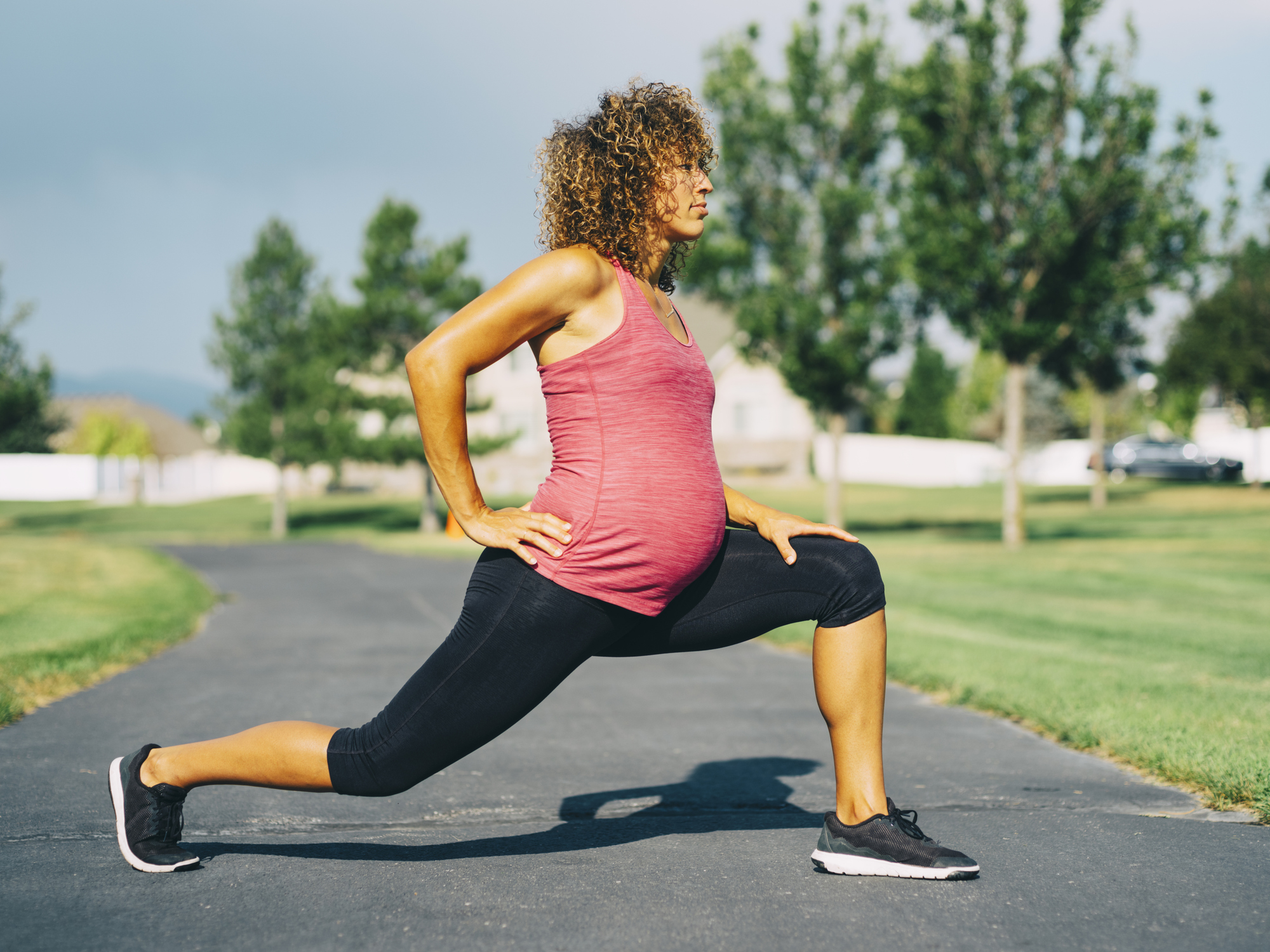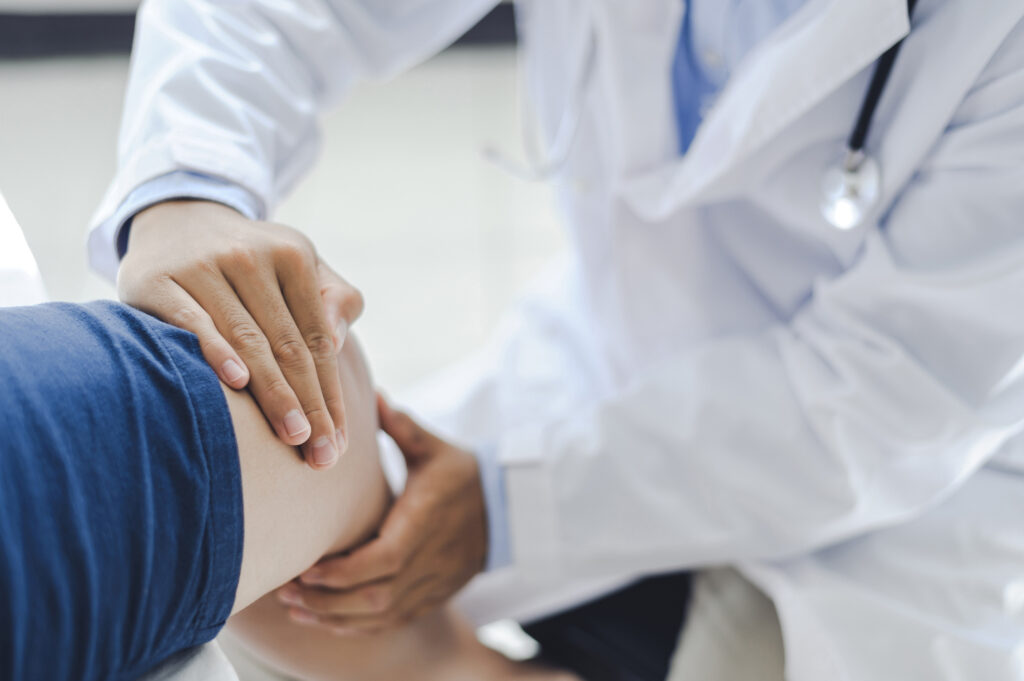Over the nine short months of pregnancy, a woman will grow a new life (or two, or three!) along with a complex organ called the placenta. During this period of rapid change, a pregnant woman’s body also adapts to become progressively insulin resistant, ensuring there is sufficient glucose in the bloodstream to direct to the fetus. This insulin resistance is a normal and healthy part of pregnancy. For some women, however, blood glucose becomes too high, resulting in a condition known as gestational diabetes mellitus (GDM).
GDM is typically diagnosed between 24 and 28 weeks of pregnancy and resolves shortly after childbirth. Approximately 1 in 20 pregnant women will be diagnosed with this condition; however, these estimates increase if you have key risk factors, including having a body mass index (BMI) categorized as overweight or obese and having a prior history of GDM. Moreover, GDM is known to increase the risk of developing other pregnancy complications such as high blood pressure, having a caesarean delivery or delivering a large baby. It can also increase your risk of developing type 2 diabetes later in life.
Previous studies have suggested that keeping post-meal blood glucose within target ranges may be key to improving maternal and fetal health outcomes in women with GDM. Current frontline therapies include daily blood glucose monitoring, dietary modifications around carbohydrate intake, pharmacological treatment (most commonly insulin or Metformin) and meeting recommendations for aerobic exercise. For many, being diagnosed with GDM can be very stressful, but the good news is that staying active during pregnancy can help!
Staying active during pregnancy can lower your risk of GDM by ~40%. For those who have been diagnosed, regular physical activity can help maintain fasted and post-meal blood glucose values within target ranges as pregnancy progresses. Following delivery, physical activity reduces the risk of type 2 diabetes by 28%. Prenatal physical activity also has other benefits, from improving mood and reducing fatigue to preventing other common pregnancy complications such as high blood pressure.
Current guidelines for physical activity during pregnancy recommend engaging in at least 150 minutes of moderate-intensity physical activity spread over three or more days of the week. This can mean going to the gym for 30 minutes five days per week or going for a 10-minute walk after lunch and dinner every day. Every minute counts!
Here are some ways women with GDM can get (and stay) physically active:
- If you haven’t been physically active before, start low and go slow. You will reap the benefits of physical activity even if you aren’t meeting current recommendations. In fact, walking for just 10 minutes per day will reduce the risk of developing preeclampsia by as much as 25%
- Small steps add up. While going to the gym or joining prenatal classes is a great way to stay active, simple lifestyle changes like parking further away from a shop, raking leaves or getting off the bus a stop early to add a few extra minutes per day count towards this goal.
- If you use insulin, you may need to adjust your dose and or eat a snack before exercise to ensure that your blood glucose levels don’t go too low. Speak to your obstetric health care provider if you have any questions about how to do this.
- Consider walking immediately after a meal, as this can help prevent spikes in post-meal blood glucose values.
- Know the warning signs to stop physical activity and consult with your health care provider.
If you need further guidance to start being active, speak to a qualified exercise professional who specializes in pregnancy. They can help you to find a way to incorporate physical activity into your life in a way that works best for you!
Margie Davenport, PhD, FACSM, is the Christenson Chair in Active Healthy Living and director of the program for pregnancy and postpartum health at the University of Alberta. She is an executive member of the ACSM Pregnancy and Postpartum Special Interest Group. Dr. Davenport was the chair of the 2019 Canadian Guideline for Physical Activity Throughout Pregnancy and the upcoming 2025 Canadian Guideline for Physical Activity, Sedentary Behaviour and Sleep Throughout the First Year Postpartum. She led the development of the CSEP/ACSM Pre & Postnatal Exercise Specialization, the Get Active Questionnaire for Pregnancy, and the Get Active Questionnaire for Postpartum.



